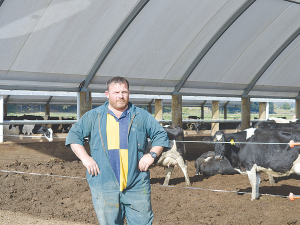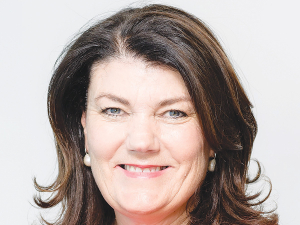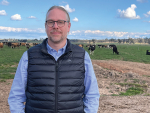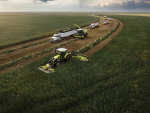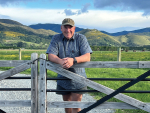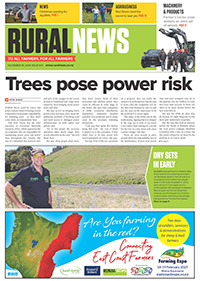The rest - like milk production and profitability - sorts itself out.
With this philosophy in mind, Rider decided three years ago that the days of getting stuck in muddy paddocks, treating down cows, and picking up newborn calves from paddocks at night must end.
He began looking at cow shelters for his 155ha farm at Shannon.
Three years and a million-dollar investment later, Rider is confident he's at a happy place now.
Two SmartShelter barns - clearspan structures measuring 28m x 70m each - house the cows for eight weeks during winter.
According to Rider, the results are amazing and continue to get better.
"We are growing cow condition every year and our pastures are being looked after and we are getting more grass," he told Dairy News.
Feed savings are rising and there's little wastage. On hot summer days, cows spend time in the SmartShelter barns which are 10 degrees cooler. This provides heat stress relief and helps cows produce well.
Calving is done in the SmartShelter barns, helping prevent loss of both cows and calves.
"Three years ago, we lost 12 to 14 cows, calving outside in the cold, last year just one and none so far this season," says Rider.
"Calf fatality is also down, as they are not born in mud."
Rider says three years into farming with SmartShelters, he's still learning.
"Every year, we are learning. The more we learn, the better we get and more efficient everything runs.”
Rider says farmers are under immense pressure.
Environmental issues, government-sponsored regulations, rising costs and the downturn in commodity prices are being felt behind the farmgate.
Rider believes if farmers got back to enjoying their job, “the rest will sort itself out”.
“But when you on the farm every day and playing in the mud and then you get kicked in the guts on the TV, it has an impact on us.
“So, if you come to work and see your cows happy, your staff happy, it makes everything easier.”
Before the SmartShelters were constructed, the cows were dried off together to a run-off about 1km from the farm. All cows would feed on grass and baleage.
Rider recalls going to the run-off on a normal winter day and getting stuck several times a day on the “real heavy soil”.
“We’d end up trying to tow everything out,” he says.
“I just got over it; told mum that we need to do something different and that if it stays like that, dairy farming is not really for me anymore.”
He says the search began and he went to many field days looking at different shelters and sheds.
He settled on Smart- Shelter. They were built in the middle of Covid lockdowns.
Mental Health
With 450 cows, Jarrod Rider says he still employs a full-time staff.
He says while the SmartShelter barns haven’t reduced his workforce, it’s made farming happier.
“There’s no beating around in the mud, no treating down cows in mud or picking up dead calves in the mud.”
“This farmer told me that people always ask about how much extra money you are making with the barns.
“The biggest thing the farmer found was that the positive impact on mental health.
Rider says waking up around 4.30am and playing around in the mud is not always fun.
“Yes, we all want to make more money out of milking cows, but I think you’ve got to enjoy what you are doing.
“These shelters have definitely made dairying more enjoyable in the last couple of years on our farm.”
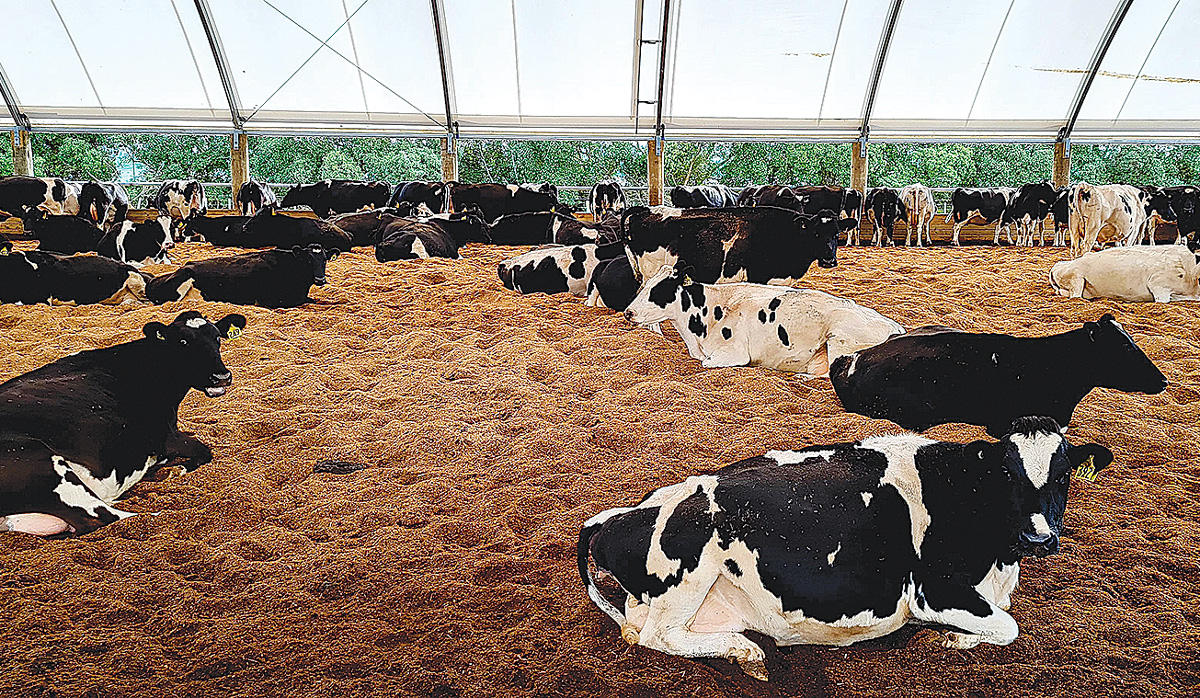 |
|---|
|
Cows sitting in the sawdust composting barns. |
Feed Benefits
Jarrod Rider's farm production went from 145,000 kgMS in 2021-22 to 183,000 kgMS last season.
He puts this down to feeding cows in SmartShelter barns.
“We can now feed the cows more when they need it,” he says.
Rider believes his farm’s making about five tonnes more pasture because cows are indoors and not making a mess in wet paddocks.
The cows are fed about 14kg a day – 8kg of maize and 6kg of grass.
Closer to calving, they get 6kg each of grass and maize and 2kg of hay.
Without the barns, when the cows were out in the paddock, they were offered 18kg of dry matter. Rider says the cows were lucky to get 10kg down their throats.
“In here they only eat 9kg. It’s warm and dry and they are not using up energy.
“My feed costs are way down.”





